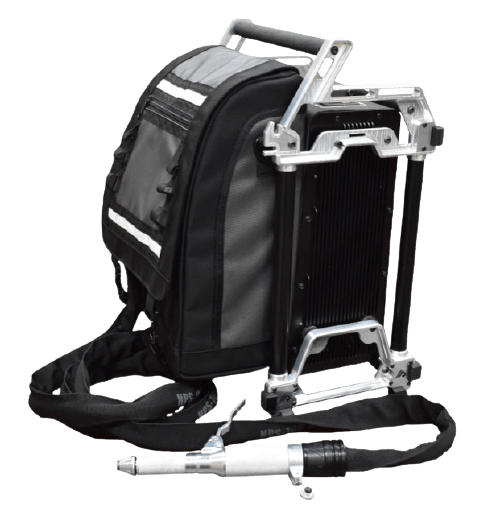When it comes to coating removal, most common industrial techniques for surface preparation involve the use of either chemical agents, abrasives, or both in conjunction. Depending on the specific coating or sealant that needs to be removed, as well as the nature of the substrate material, the specific methods used for coating removal can vary wildly. This is because the use of chemical cleaning and abrasive methods needs to be tailored specifically to the coating and the substrate to ensure effective coating removal with as little damage to the underlying material as possible.
Chemical methods for coating removal, when executed correctly, can be designed in a way that is tailored to a specific coating and substrate combination. This would ideally result in effective coating removal with less risk of substrate damage. However, there are many drawbacks to chemical coating removal. Not only are the chemicals used for coating removal harsh for both the operator and environment, but the chemical coating removal process creates harmful byproducts that must be remediated and disposed of properly. This greatly increases labor costs and the costs associated with disposing of corrosive chemicals.
Abrasive methods for coating removal are also commonly used, but these too have significant drawbacks in many cases. While abrasive methods can be “simpler” and do not involve chemicals (though sometimes they are used in conjunction with chemical methods), these methods are a lot more labor-intensive. Especially if the target surface requires very fine, thorough removal of coatings, the labor costs involved can be very high.
In addition, abrasive methods carry a much higher risk of accidental damage to the substrate material, especially if there are power tools involved. This can be a huge drawback especially if the assets being worked on are critical in nature. Also, despite the lack of chemical byproducts that need to be cleaned up, there is still the risk of inhalation of fine particulate matter given off during abrasion. This can pose a risk to the health of the operator, especially if the work environment is small and indoors.
Coating removal methods involving atmospheric plasma, in contrast, eliminate virtually all of the drawbacks associated with both chemical and abrasive methods. Atmospheric plasma can be used to remove a wide variety of coatings ranging from paints to sealants, epoxies, powder coats, silicone and other organic coatings with ease. In addition, plasma can be used on a variety of materials with zero substrate damage. Coating removal using atmospheric plasma also involves a lot less labor and cleanup (at up to a 90% savings!) and carries a minimal, marginal risk to the operator and the environment.



